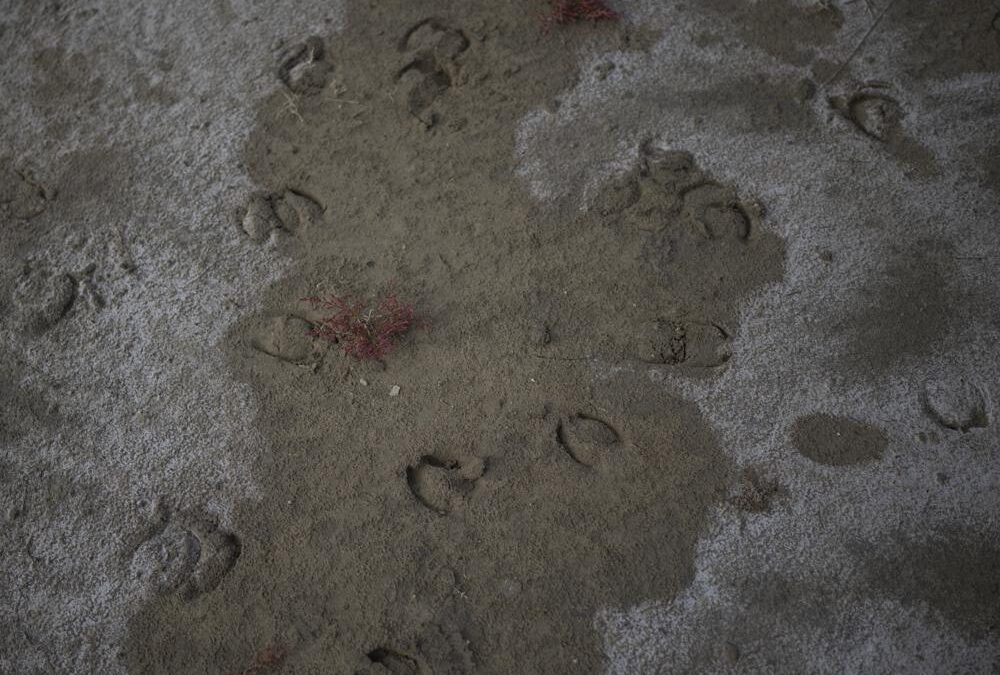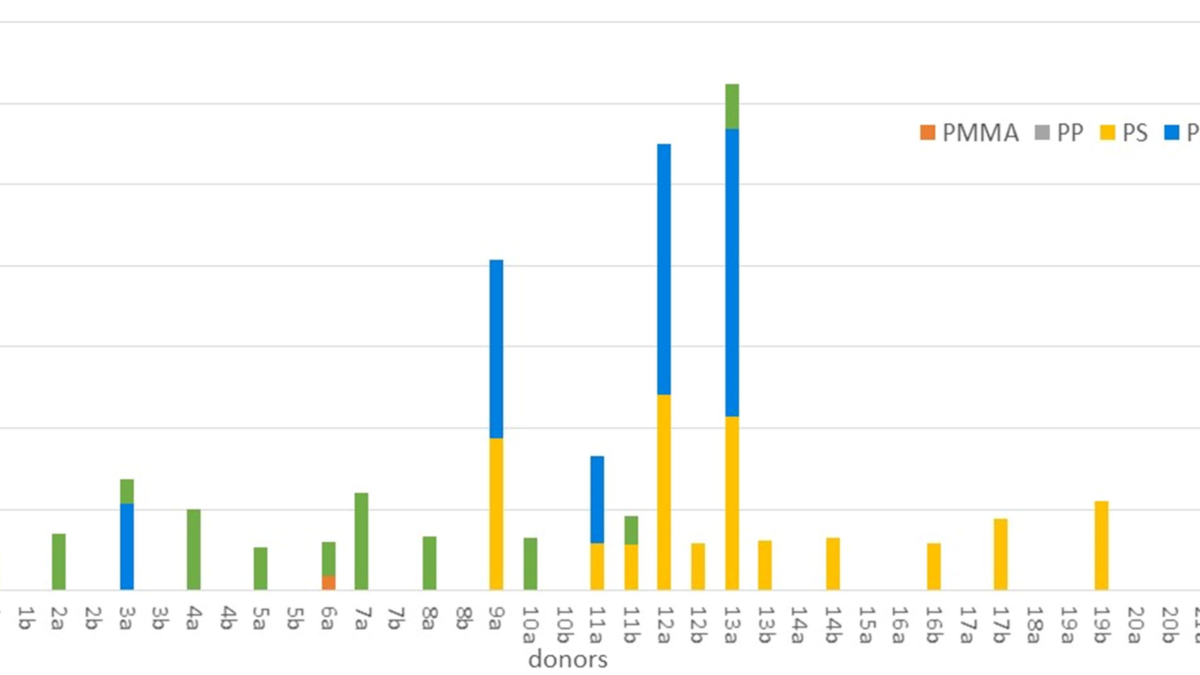DDT found in deep-sea fish raises troubling concerns for food web – “Nothing is untouched”

By Rosanna Xia
6 May 2024
(Los Angeles Times) – For several years now, one question has held the key to understanding just how much we should worry about the hundreds of tons of DDT that had been dumped off the coast of Los Angeles:
How, exactly, has this decades-old pesticide — a toxic chemical spread across the seafloor 3,000 feet underwater — continued to reenter the food web?
Now, in a highly anticipated study, researchers have identified tiny zooplankton and mid-to-deep-water fish as potential links between the contaminated sediment and the greater ecosystem.
For the first time, chemical analyses confirmed that these deep-sea organisms are contaminated by numerous DDT-related compounds that match similar chemical patterns found on the seafloor and animals higher up on the food chain.
“This DDT pollution happened several decades ago, there’s no new source, it’s been banned … but this old source is still polluting the deep-ocean biota, which is really alarming,” said Eunha Hoh, whose lab at San Diego State’s School of Public Health led the study’s chemical analysis. “We’re not talking about zooplankton collected in 1960 — we’re talking about zooplankton collected now, in the deep ocean, that is still polluted with DDT.”

Hoh’s team had already found significant amounts of DDT-related chemicals in present-day dolphins and coastal-feeding condors (and a recent study by another team even connected an aggressive cancer in sea lions to DDT). But even though DDT has clearly been accumulating at the top of the food chain, how the DDT reached these animals has been somewhat of a mystery. Key questions remain on whether it has been coming from more shallow sources (such as the Palos Verdes Shelf Superfund site, where DDT had been discharged for years via the sewer system), or from the deep-sea sediment itself.
“It really [hits home] this concept that nothing is untouched,” said Lihini Aluwihare, a chemical oceanographer whose lab at UC San Diego’s Scripps Institution of Oceanography helped piece together the many multi-disciplinary aspects to the study. “Establishing the current distribution of DDT contamination in deep-sea food webs lays the groundwork for thinking about whether those contaminants are also moving up through deep-ocean food webs into species that might be consumed by people.”
The study, published Monday in Environmental Science & Technology Letters, is one of many research efforts sparked by a 2020 Los Angeles Times report that detailed the little-known history of ocean dumping off the Southern California coast — and how the nation’s largest manufacturer of DDT had for years disposed of its waste at sea.
One team of scientists, in an attempt to map and scan the seafloor for DDT-related waste, discovered instead a multitude of discarded military explosives from the World War II era. Another team unearthed records showing that barrels of radioactive waste had also been dumped at sea.
And during an urgent investigation into old and forgotten records, the U.S. Environmental Protection Agency discovered that from the 1930s to the early 1970s, 13 other areas off the Southern California coast had also been approved for all manner of dumping — including the disposal of various refinery byproducts and 3 million metric tons of petroleum waste.
I often find myself feeling frustrated when looking at this data and then seeing that we’re still using chemicals without testing them, without understanding their impacts. It feels like we’re not doing anything differently. How many more times are we going to go through the same story?
Margaret Stack, research specialist at San Diego State’s School of Public Health
As for the DDT, which is short for dichlorodiphenyltrichloroethane, scientists have so far confirmed that much of what’s still sitting on the seafloor remains in its most potent form and is buried barely 6 centimeters deep — raising concerns about just how easily it could remobilize and spread by reentering the food web.
In a world dominated with concerns over microplastics and “forever chemicals,” DDT persists as an unresolved problem — long after the pesticide was banned in 1972 following Rachel Carson’s book Silent Spring.
With this latest study, researchers sought to demonstrate how the chemical is still likely making its way up from the deep seafloor by coming into contact with zooplankton, which get eaten by deep-sea fish, which then swim around and get eaten by midwater fish and marine mammals higher and higher up the food chain. […]

The findings have been sobering: Wherever they looked, they found DDT. Even the “control” samples they tried to collect — as a way to compare what a normal fish sample farther away from the known dumping area might look like — ended up riddled with DDT.
“This is one of the missing pieces that we’ve been waiting to see,” said David Valentine, who has been leading the broader research community on this issue since his team at UC Santa Barbara first shed light on the startling amounts of DDT still spread across the seafloor. “We know there’s a ton of stuff down there … but seeing these compounds in deep-dwelling organisms really points to a link.” […]
For environmental chemists Margaret Stack, the first author of the latest study, and fellow author Raymmah Garcia, a doctoral candidate at Scripps, seeing once-popular pesticides such as DDT continue to move so pervasively through the ecosystem makes them wonder about all the other chemicals still being used today without question — chemicals that might also come back to haunt us many decades from now.
“I often find myself feeling frustrated when looking at this data and then seeing that we’re still using chemicals without testing them, without understanding their impacts,” said Stack, a research specialist at San Diego State’s School of Public Health. “It feels like we’re not doing anything differently.”
“How many more times,” she said, “are we going to go through the same story?” [more]
‘Nothing is untouched’: DDT found in deep-sea fish raises troubling concerns for food web
Identification of DDT+ in Deep Ocean Sediment and Biota in the Southern California Bight
ABSTRACT: The recent rediscovery of offshore DDT waste dumping in the Southern California Bight (SCB) has led to questions about the extent and type of pollution in deep ocean environments. We used a nontargeted analysis to identify halogenated organic compounds (HOCs), including DDT+, in sediment in the San Pedro Basin. Additionally, we examined the chemical profiles of deep ocean biota inhabiting the SCB to assess the bioavailability of DDT+ and HOCs to the deep ocean food web. We detected 49 HOCs across all samples, including 15 DDT+ compounds in the sediment and 10 DDT+ compounds in the biota. Compounds included tris(4-chlorophenyl)methane (TCPM) and its isomers and three unknown DDT-related compounds previously identified in marine mammals. No clear trends were identified regarding DDT+ distribution in sediments. High DDT+ body burdens were found in biota irrespective of collection location, indicating widespread DDT+ contamination in the deep ocean of the SCB. TCPMs were detected in all biota samples except a single surface species, indicating that deep ocean sediment may be a source of DDT+ to the marine food web. This study demonstrates that the analysis of the larger suite of DDT+ is critical to trace deep ocean pollution of DDT in the SCB.
Identification of DDT+ in Deep Ocean Sediment and Biota in the Southern California Bight


